what is the square footage of these containers?
kawaiineko_gardener
13 years ago
Related Stories
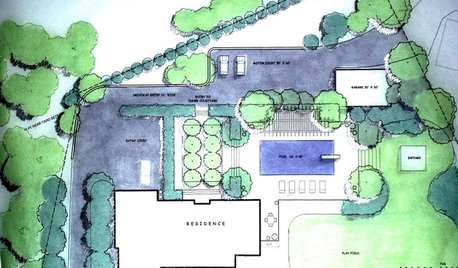
CONTRACTOR TIPSHow to Calculate a Home’s Square Footage
Understanding your home’s square footage requires more than just geometry
Full Story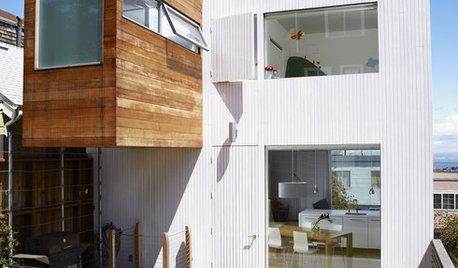
MODERN ARCHITECTUREA Cantilevered Family Bathroom Boosts Square Footage
By punching out on an upper level, a family gains a needed bathroom without eating up backyard space
Full Story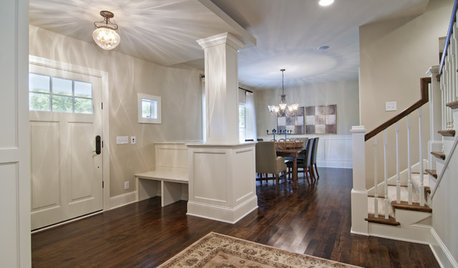
THE HARDWORKING HOME6 Smart Ways to Work Your Square Footage
The Hardworking Home: From Juliet balconies to movable walls, here’s how to make a home of any size feel more open, flexible and fun
Full Story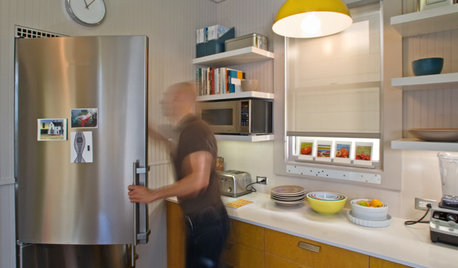
KITCHEN DESIGNKitchen of the Week: Bright and Modern in 90 Square Feet
Interior designer Steve Justrich updates his small kitchen with colorful and contemporary designs
Full Story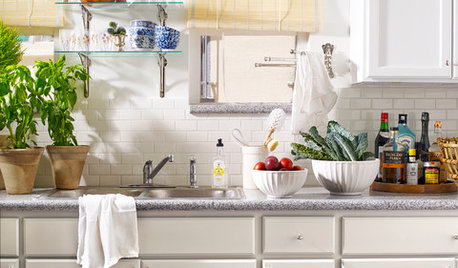
SMALL KITCHENSHouzz Call: Show Us Your 100-Square-Foot Kitchen
Upload photos of your small space and tell us how you’ve handled storage, function, layout and more
Full Story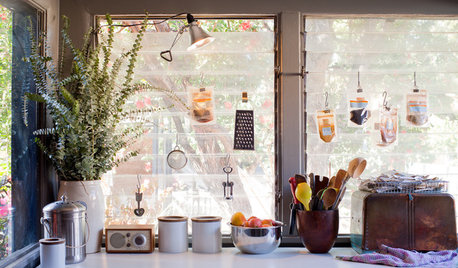
SMALL HOMESHouzz Tour: Color and Personality in 500 Square Feet
This Los Angeles home for 4 has a small footprint, but the family is big on creative solutions and styling
Full Story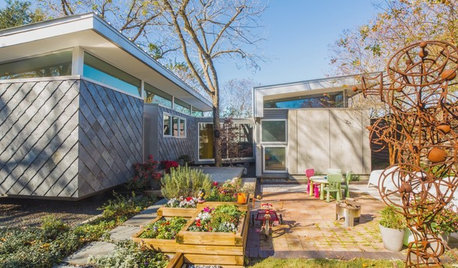
HOUZZ TVHouzz TV: Fun Family Living in 980 Square Feet
In a place known for going big, a family of 4 opts for creative space savers and subtle luxuries instead
Full Story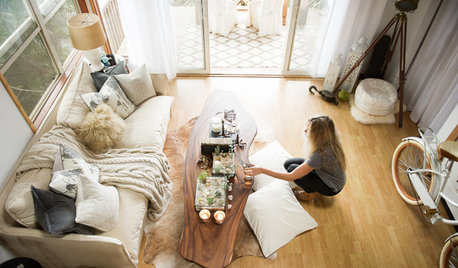
HOUZZ TOURS13 Character-Filled Homes Between 1,000 and 1,500 Square Feet
See how homeowners have channeled their creativity into homes that are bright, inviting and one of a kind
Full Story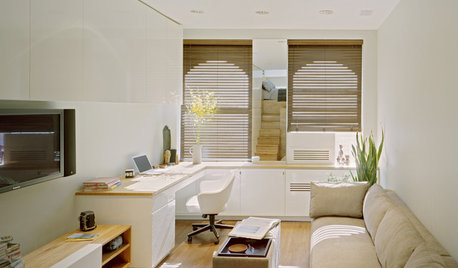
SMALL HOMESCan You Live a Full Life in 220 Square Feet?
Adjusting mind-sets along with furniture may be the key to happiness for tiny-home dwellers
Full Story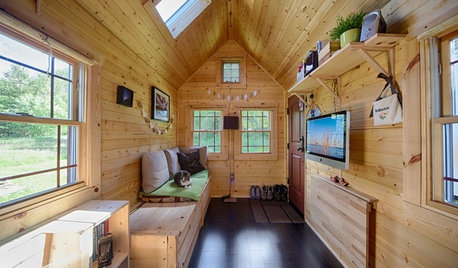
SMALL HOMESHouzz Tour: Sustainable, Comfy Living in 196 Square Feet
Solar panels, ship-inspired features and minimal possessions make this tiny Washington home kind to the earth and cozy for the owners
Full StorySponsored







et14
JenPeteFL
Related Professionals
Taylorsville Landscape Architects & Landscape Designers · Bedford Heights Landscape Contractors · Caldwell Landscape Contractors · Cincinnati Landscape Contractors · College Park Landscape Contractors · North Richland Hills Landscape Contractors · Northport Landscape Contractors · Oklahoma City Landscape Contractors · Rockwall Landscape Contractors · Palos Hills Landscape Contractors · Crowley Landscape Contractors · Brentwood Los Angeles Outdoor Lighting & Audio Visual Systems · Columbia Fence Contractors · Crowley Fence Contractors · West Jordan Fence Contractorstempusflits
kawaiineko_gardenerOriginal Author
et14
kawaiineko_gardenerOriginal Author
et14
kawaiineko_gardenerOriginal Author
et14
Manday
kawaiineko_gardenerOriginal Author
et14